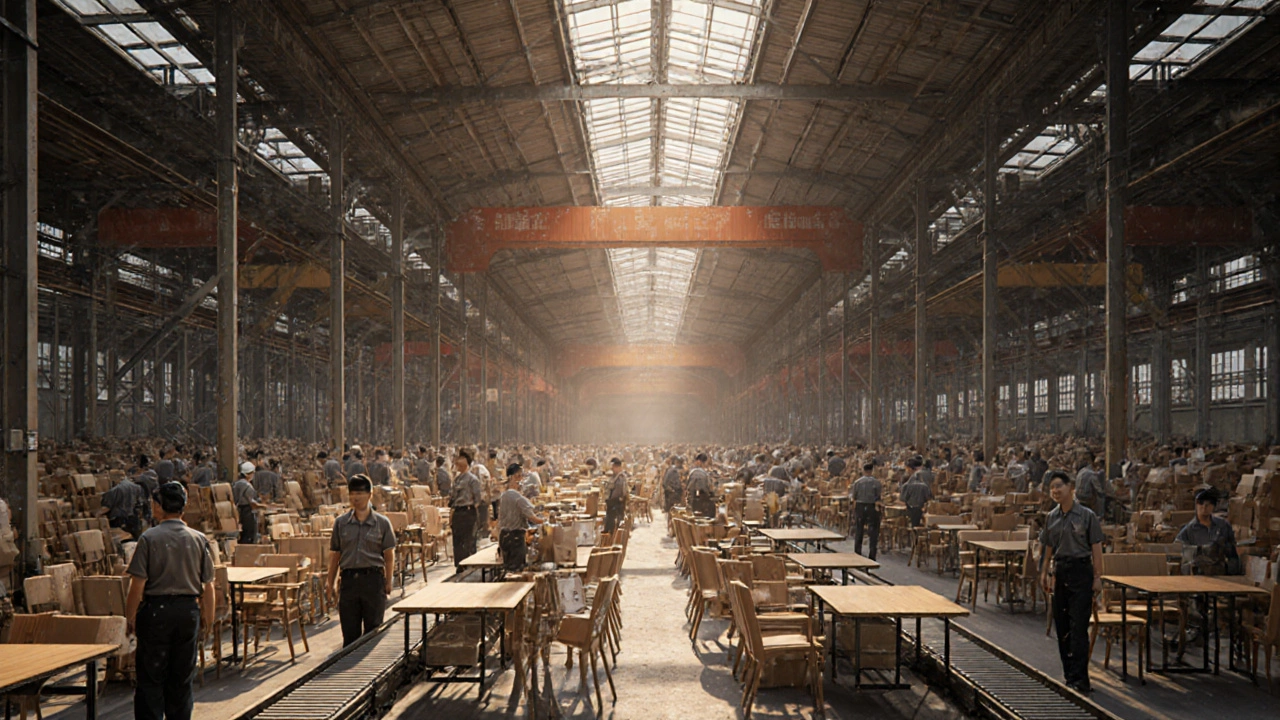
Who Is the World's Largest Furniture Producer? An In-Depth Look
Explore why China tops global furniture production, see the leading manufacturing nations, and learn about the biggest furniture companies shaping the market.
When talking about Manufacturing Industry, the set of processes that convert raw inputs into finished products. Also known as industrial manufacturing, it fuels growth across economies. One of its most visible branches is Furniture Manufacturing, turning wood, metal and composites into chairs, tables and décor, which supplies both local markets and export demands. Another critical pillar is Steel Production, the large‑scale process of melting iron ore to create steel for construction, automotive and machinery. Underpinning both is a range of Manufacturing Methods, techniques such as casting, additive manufacturing and automation that shape how goods are made.
Today the Manufacturing Industry leans on three core methods: mass production, custom fabrication and digital manufacturing. Mass production uses assembly lines to churn out identical parts at low cost, while custom fabrication adapts designs for niche markets like luxury furniture. Digital manufacturing, especially additive (3‑D) printing, lets companies prototype quickly and reduce waste. These methods are tightly linked to Steel Production because choosing the right steel grade influences tooling, energy use and final product strength. Likewise, Furniture Manufacturing benefits from CNC routing and robotic stitching, which speed up delivery and ensure consistent quality. In short, the right method can cut lead times, lower expenses and open new market segments.
Steel Production doesn’t happen in a vacuum. Global demand, raw‑material prices and environmental regulations all push producers toward cleaner processes. For example, electric‑arc furnaces use recycled scrap instead of iron ore, cutting CO₂ emissions dramatically. This shift ripples through the Manufacturing Industry: lower‑carbon steel lowers the overall footprint of cars, bridges and even furniture frames. When steel becomes greener, downstream manufacturers can market greener products without redesigning every component. The relationship shows how a change in one sub‑sector can reshape the whole ecosystem.
Plastic Manufacturing adds another layer of complexity. While plastics enable lightweight design for appliances, automotive parts and packaging, they also raise concerns about ocean pollution and waste management. Modern producers are turning to bio‑based polymers and closed‑loop recycling to address these issues. From the Manufacturing Industry’s perspective, adopting sustainable plastics can differentiate brands, meet stricter regulations and appeal to eco‑conscious buyers. The move toward greener plastic also forces equipment makers to upgrade melt‑flow controllers and invest in better sorting technology, illustrating a feedback loop between material choice and production capability.
All these threads—Furniture Manufacturing, Steel Production, Manufacturing Methods and Plastic Manufacturing—intertwine to define today’s Manufacturing Industry. Below you’ll find articles that dig deeper into each area, from the rise of India’s furniture sector to the top steel producers shaping global supply chains. Whether you’re a student, a professional or just curious, the upcoming reads will give you practical insights and data‑backed analysis to help you stay ahead in a rapidly evolving market.

Explore why China tops global furniture production, see the leading manufacturing nations, and learn about the biggest furniture companies shaping the market.
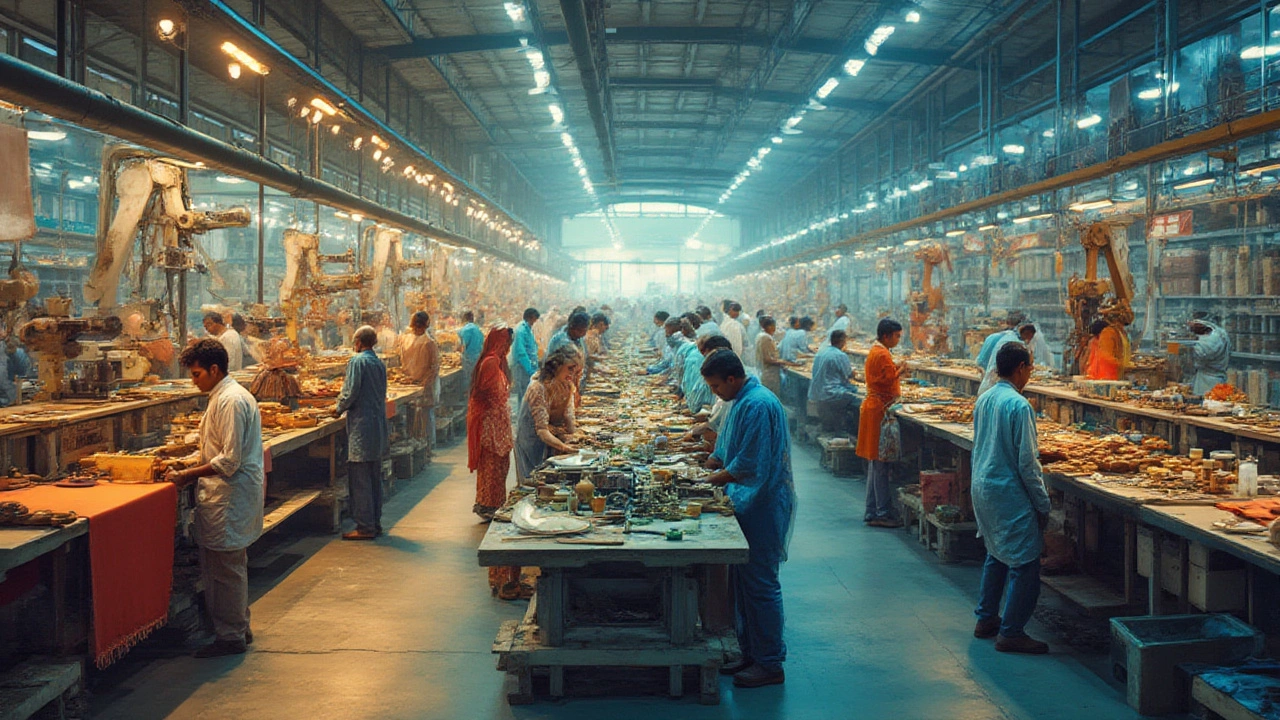
Discover the five main types of manufacturing, including real examples, practical tips, and why these processes matter for today's products and businesses.
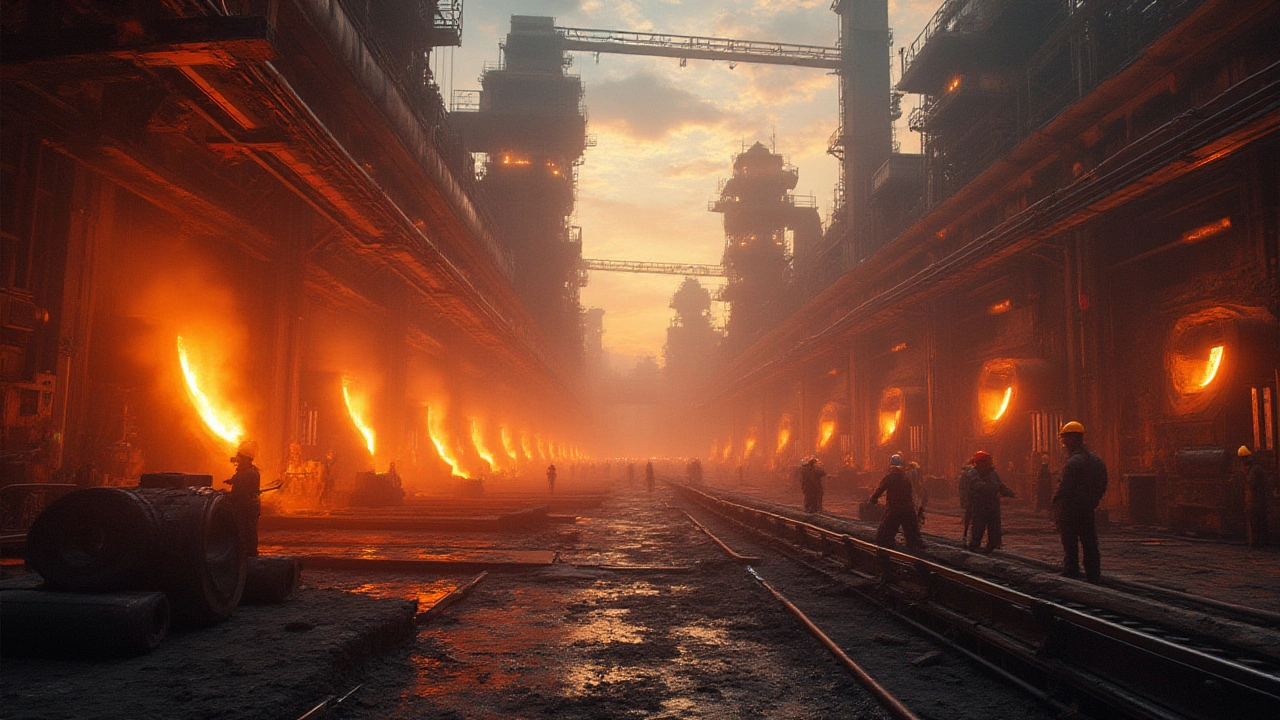
Get the inside scoop on the five biggest steel producers in 2025, explore surprising facts, and see how these countries shape the world's industries.

Dive into the world’s finest furniture makers, from heritage brands in Italy and Scandinavia to modern design icons. Discover what sets the best apart.
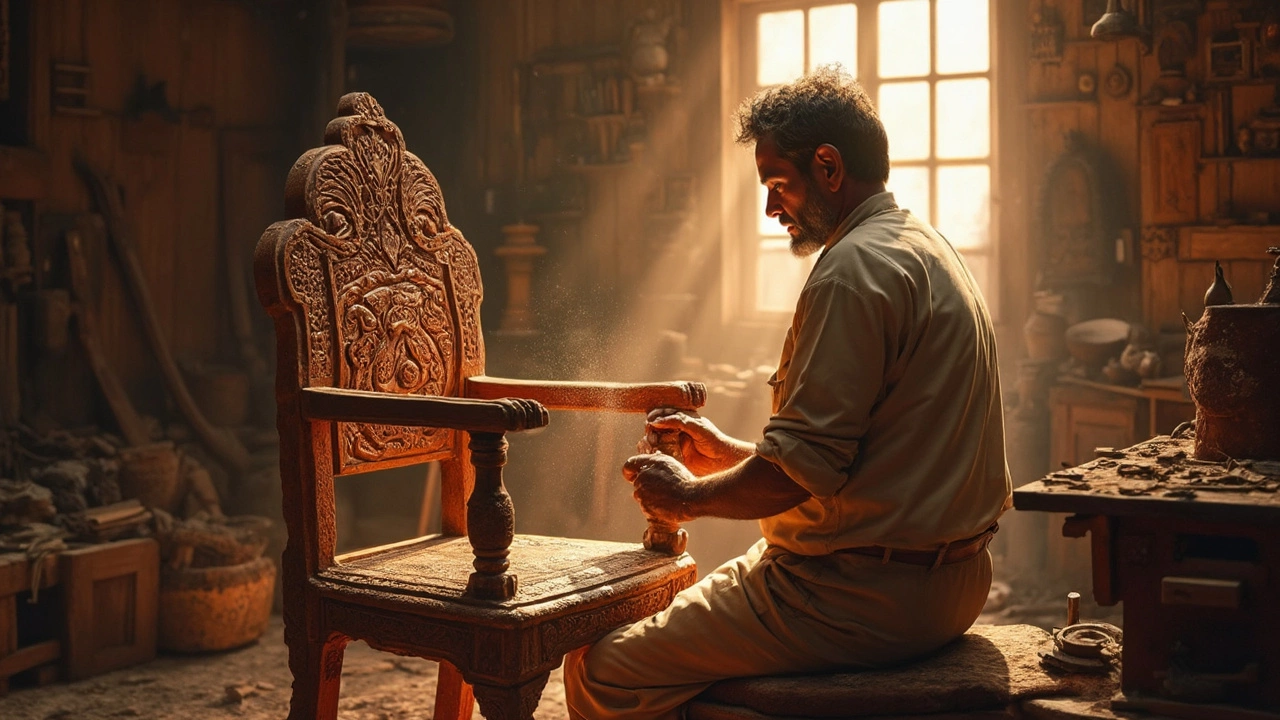
India is emerging as a dominant force in furniture manufacturing, giving traditional markets a run for their money. With a blend of rich craftsmanship and increasing production capabilities, India is capturing global attention. This article explores the factors contributing to India's rise in the furniture sector, offering insights into its manufacturing prowess, challenges, and the unique appeal of Indian furniture.
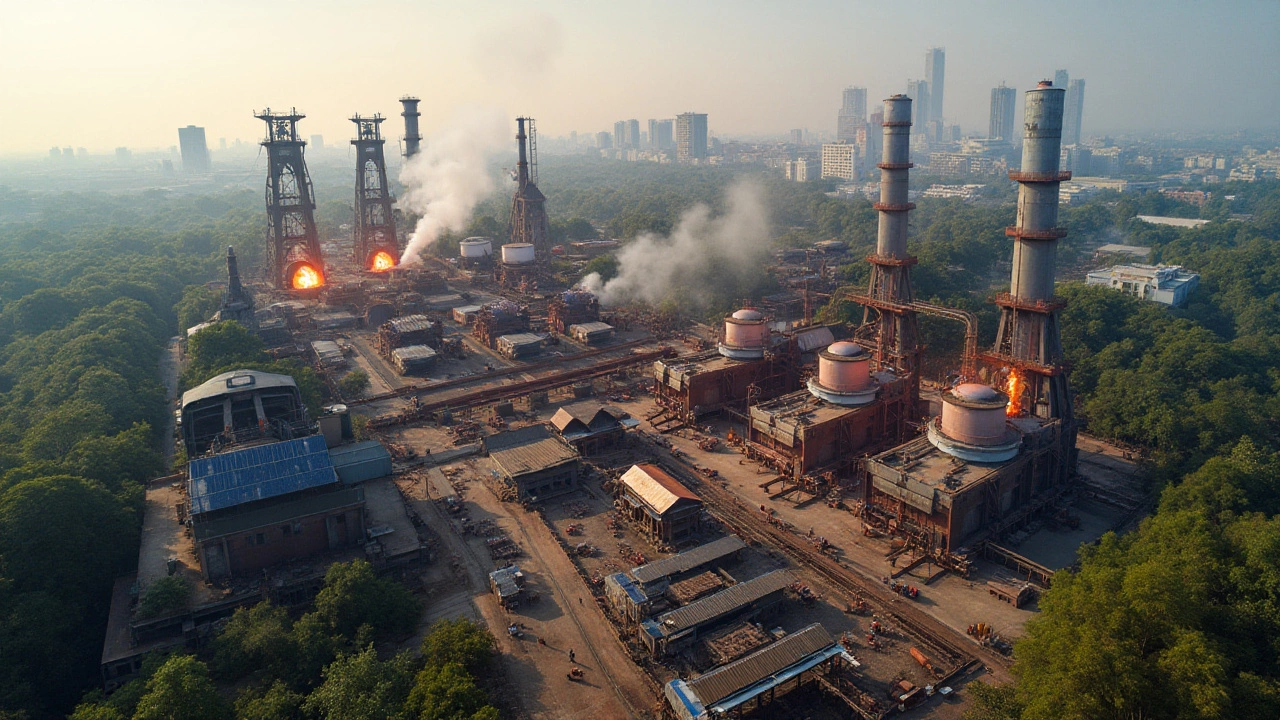
The steel industry is a cornerstone of modern infrastructure, and identifying its key players offers insights into industrial dynamics and global influence. The leading giants in steel manufacturing not only shape the market but also set trends in sustainability, innovation, and efficiency. This article explores the largest player in the industry, examining their impact, strategies, and contribution to the global economy. Understanding these leaders helps comprehend the future trajectory of steel production and its role in sustainable development.

Plastic pollution is a growing concern for our oceans. This article delves into the types of plastics that most affect marine ecosystems, revealing the environmental impact of these materials. Understanding which plastics are the biggest culprits can help in crafting better policies and practices to curb this pollution. The role of plastic manufacturers is also examined, offering insights into how industries can mitigate their contributions to oceanic waste. Gain practical tips on reducing your own plastic footprint and supporting environmental sustainability.